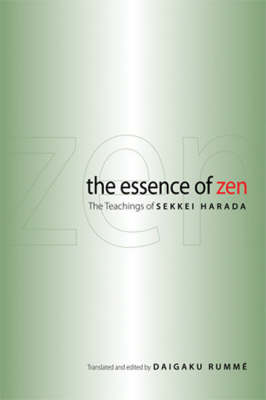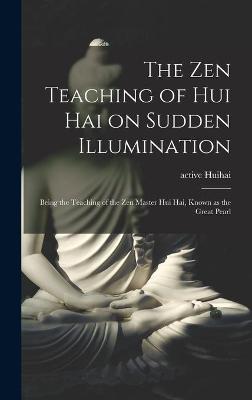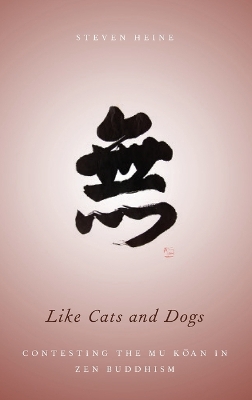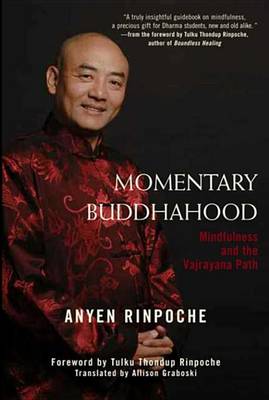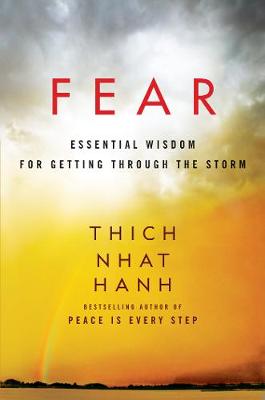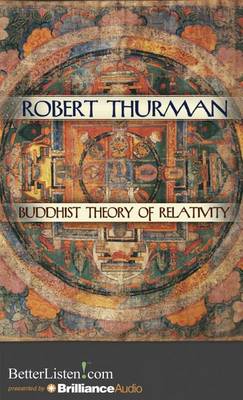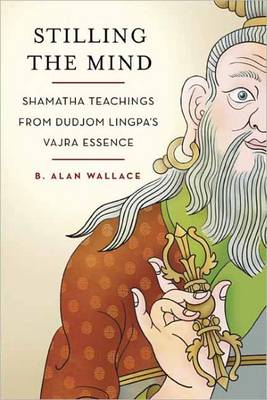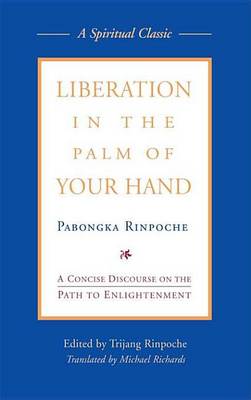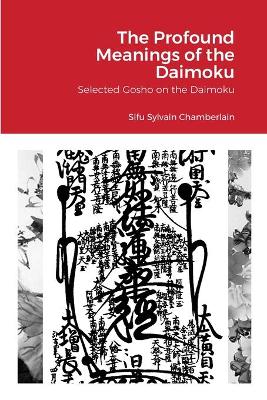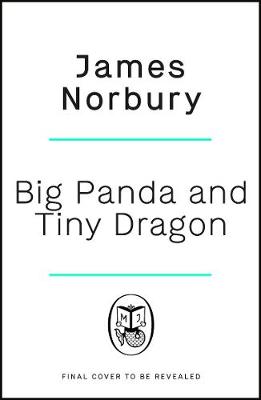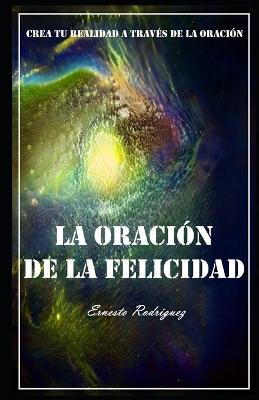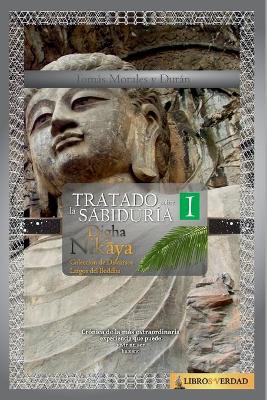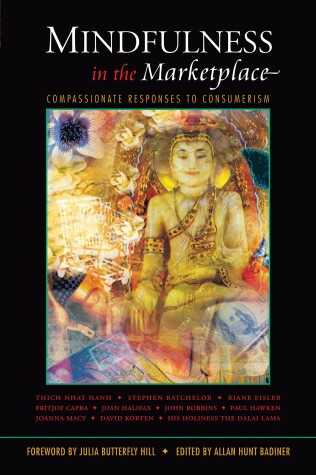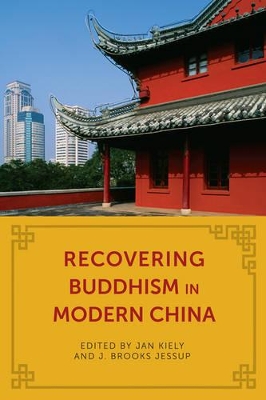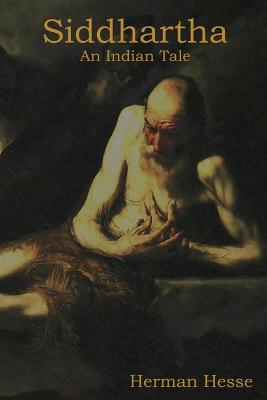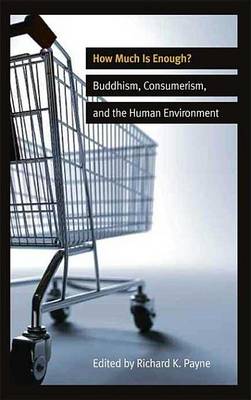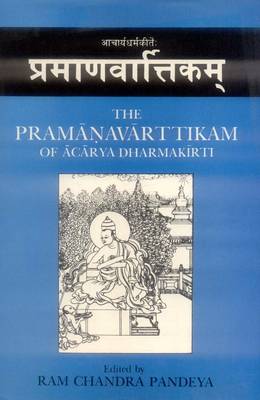A koan is a narrative or dialogue used to provoke the "great doubt" and test a student's progress in Zen practice. The Mu Koan consists of a brief conversation in which a monk asks master Zhaozhou Congshen whether or not a dog has Buddha-nature. The reply is Mu: literally, ''No.'' This case is widely considered to be the single best known and most widely circulated and transmitted koan record of the Zen school of Buddhism. The Mu Koan is especially well known for the intense personal experiences...
Indian Buddhist Philosophy (Ancient Philosophies)
by Amber Carpenter
Organised in broadly chronological terms, this book presents the philosophical arguments of the great Indian Buddhist philosophers of the fifth century BCE to the eighth century CE. Each chapter examines their core ethical, metaphysical and epistemological views as well as the distinctive area of Buddhist ethics that we call today moral psychology. Throughout, this book follows three key themes that both tie the tradition together and are the focus for most critical dialogue: the idea of anatman...
Renowned Zen master and Buddhist monk, Thich Nhat Hanh, explores the origins of fear and offers detailed practises on how to deal with its often toxic presence in our lives. Formed by a lifetime of mindfulness in action, he also shows us the path to peace, happiness and freedom that can come out of such explorations. For him, happiness is not found by suppressing our emotions but by purposefully living in a mindfully aware state. Only by practicing mindfulness in this way can we identify the sou...
The Profound Meanings of the Daimoku
by Revered Sylvain Chamberlain-Nyudo
This is a collection of Nichiren's writings and excerpts dealing with meanings and applications of the title of the Lotus Sutra. From Indian Sanskrit to Chinese and Japanese translations and phonetics to the core of all the Buddha's teachings, the title of the Lotus as well as the heading of every on of the 28 chapters of the Sutra, NamuMyoHoRenGeKyo, also known as the O'Daimoku or the five or seven characters.
La Oracion De La Felicidad (Conciencia Creativa, #1)
by Ernesto Rodriguez
Coleccion de Discursos Largos del Buddha Di
by Tomas Morales Y Duran
Cultivating the Buddhist Heart
by Nichiko Niwano and Suzanne Trumbull
Mindfulness in the Marketplace suggests a reorientation of consumers from passive purchasers to aware, responsible citizens who see the dynamic connection between their purchases and their values. The Middle Path of Buddhism is not to avoid all consumption, but to consume mindfully in a manner that protects ourselves and all living systems. This anthology outlines a path of compassionate resistance to global corporatization, and offers a view of getting into right relationship with the Earth. In...
Recovering Buddhism in Modern China (The Sheng Yen Series in Chinese Buddhist Studies)
Modern Chinese history told from a Buddhist perspective restores the vibrant, creative role of religion in postimperial China. It shows how urban Buddhist elites jockeyed for cultural dominance in the early Republican era, how Buddhist intellectuals reckoned with science, and how Buddhist media contributed to modern print cultures. It recognizes the political importance of sacred Buddhist relics and the complex processes through which Buddhists both participated in and experienced religious supp...
Siddhartha (Shambhala Pocket Library, #31) (Penguin Drop Caps)
by Herman Hesse
Siddhartha is a novel by Hermann Hesse that deals with the spiritual journey of a Nepali man named Siddhartha during the time of the Buddha. The book, Hesse's ninth novel, was written in German, in a simple, powerful, and lyrical style. It was published in the U.S. in 1951 and became influential during the 1960s. Hesse dedicated Siddhartha to Romain Rolland and Wilhelm Gundert. The word Siddhartha is made up of two words in the Sanskrit language, siddha (achieved) + artha (meaning or wealth). Th...
